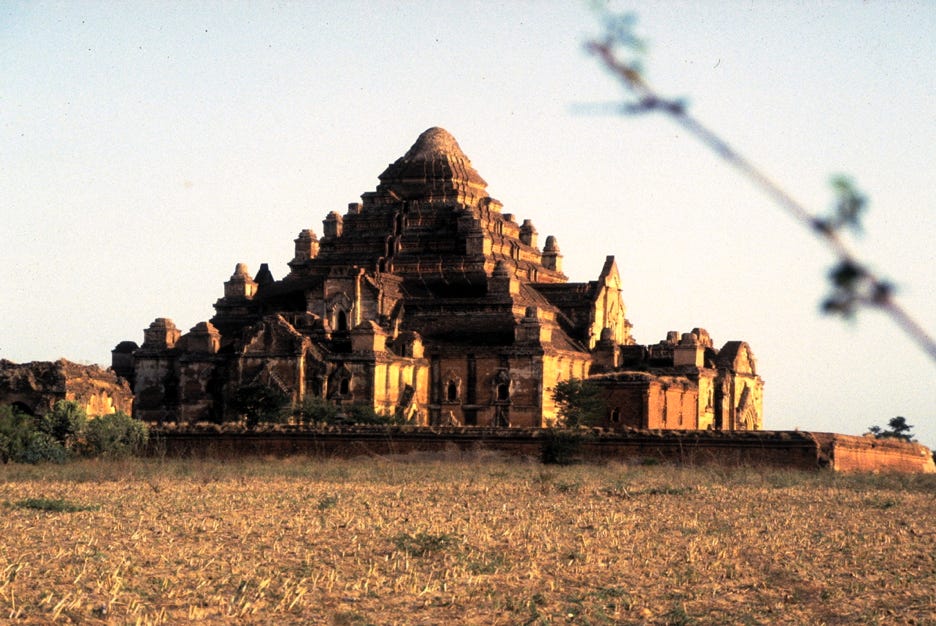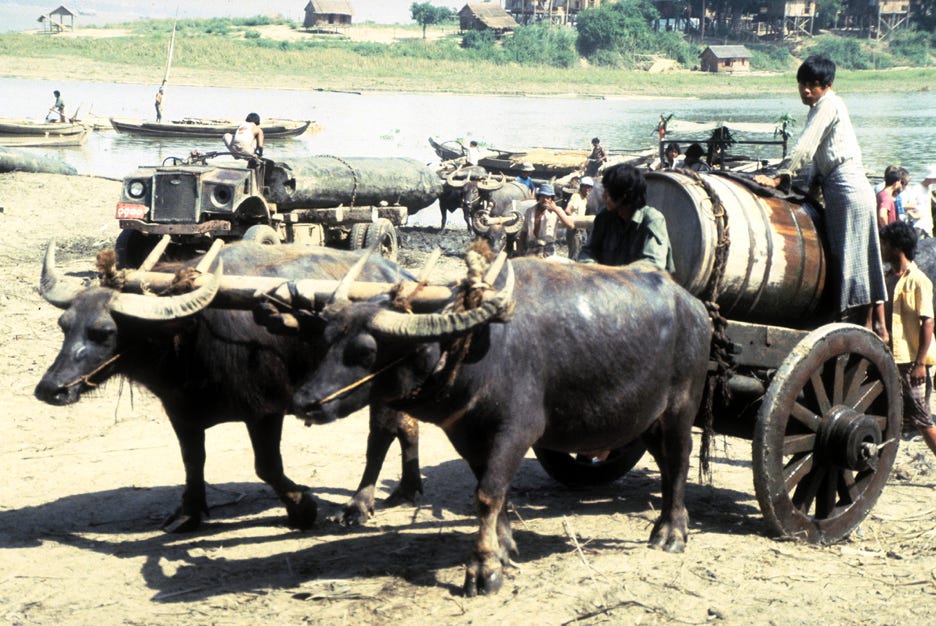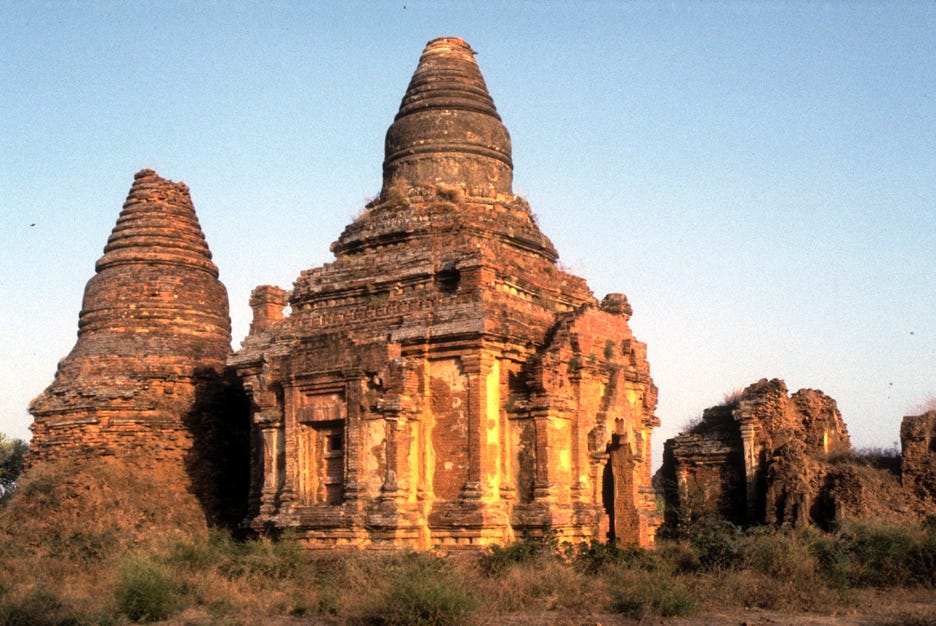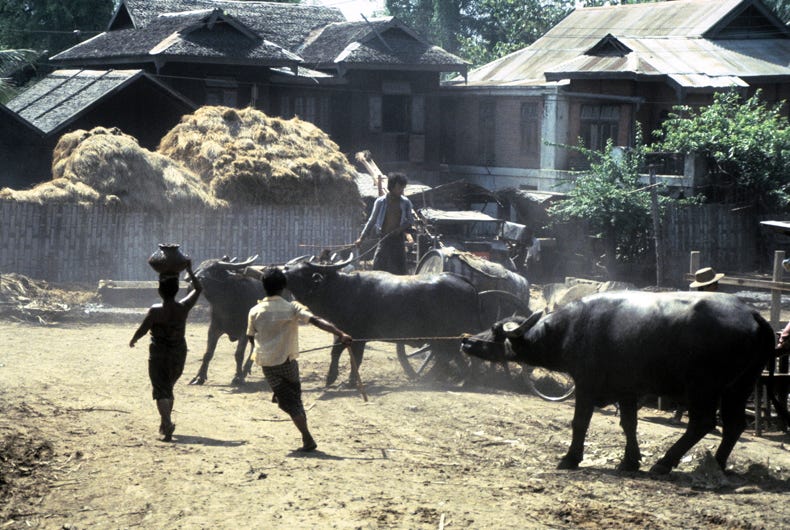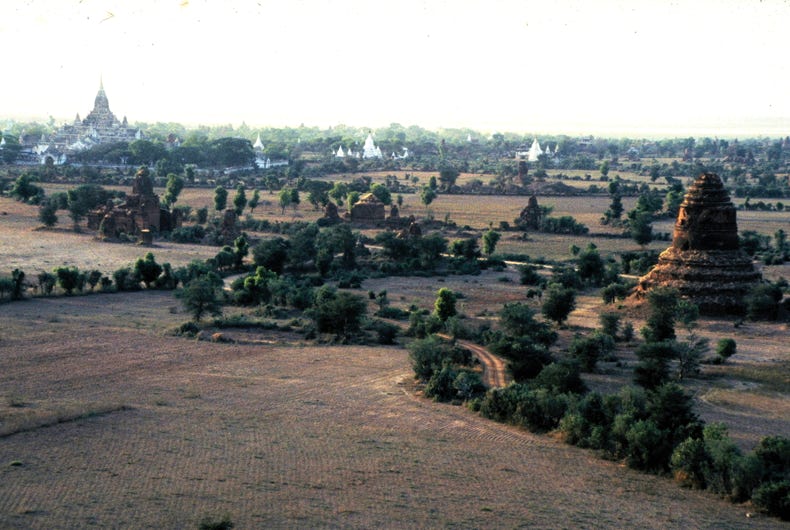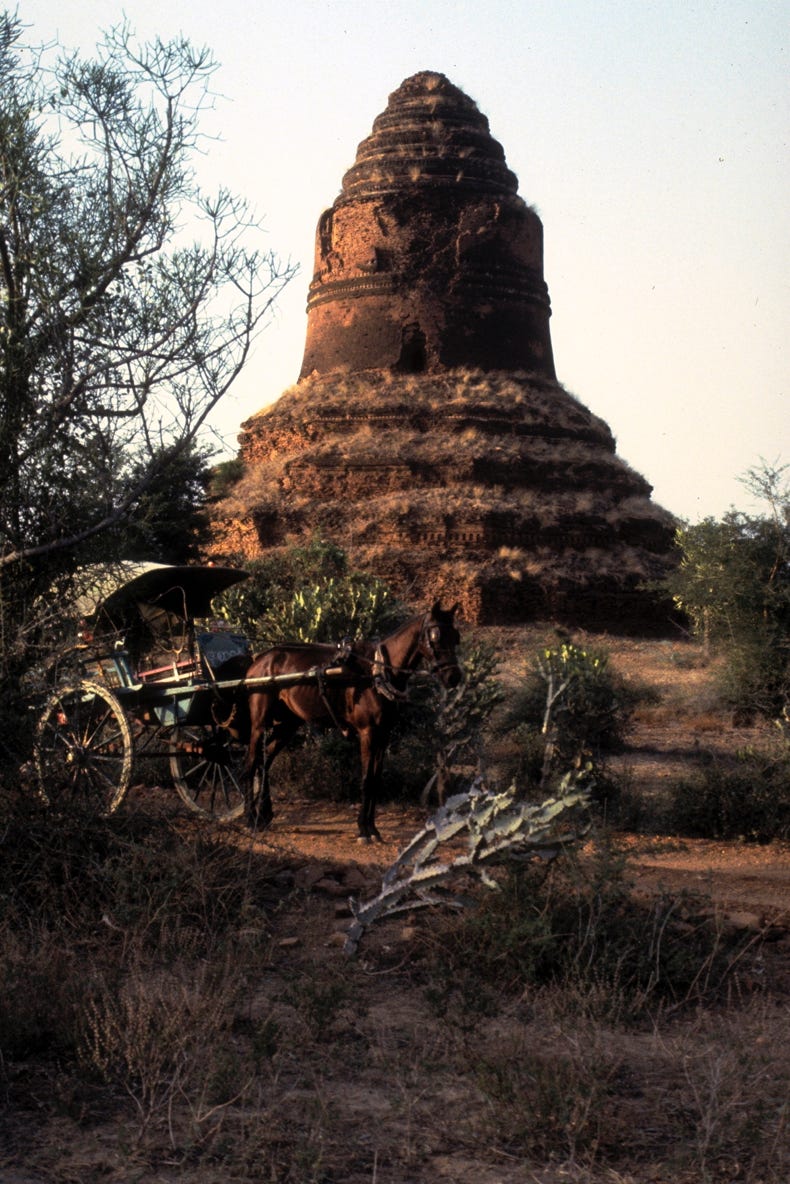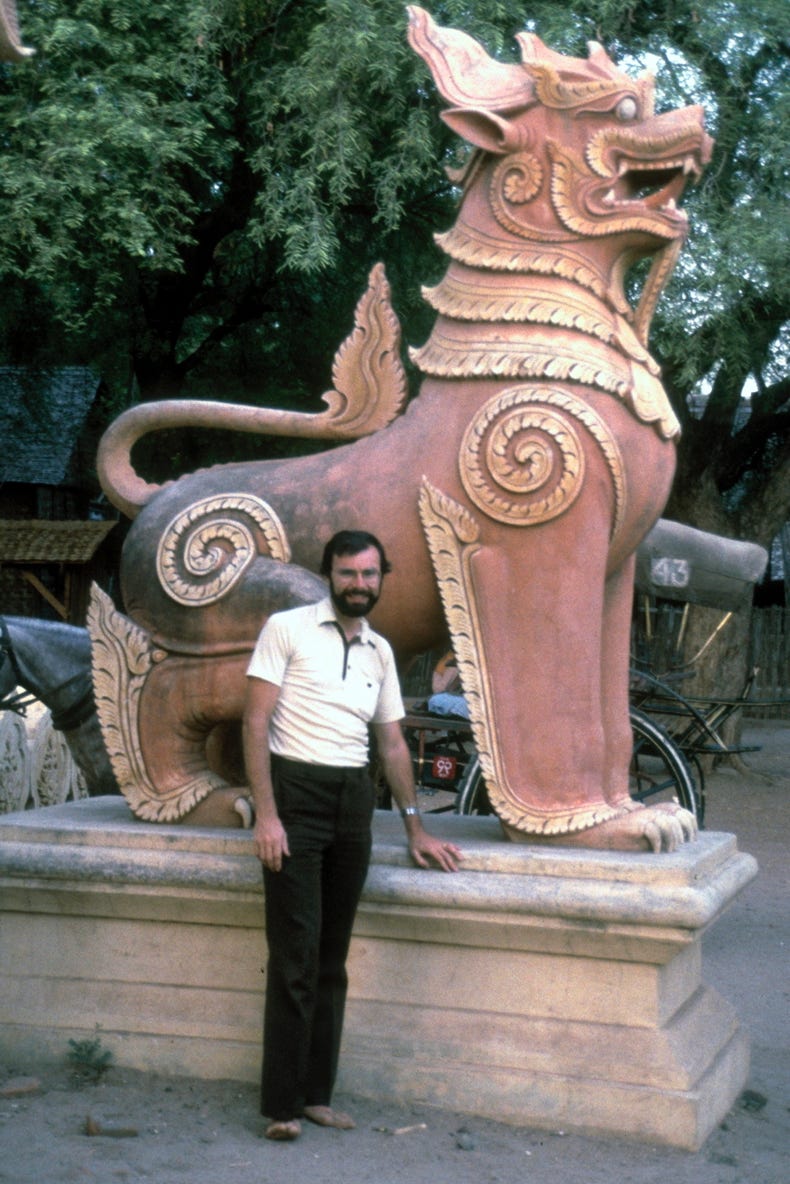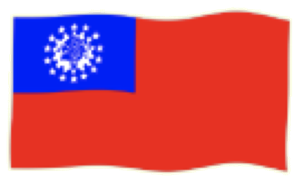

Taking into account the desire to see more of everyday Burmese life, we began our studies this morning on the shores of the Irrawaddy River, looking at the water buffalos hauling teak logs from the river onto what can only be described as old remnants of trucks. This not only provided an opportunity for Year 8 boys to ride sone water buffaloes, but gave valuable insights into typical Burmese working life, Burmese semi-urban transport which uses Brahmin bulls pulling heavily laden large wooden wheeled carts, and waterside life in single-roomed, open fronted thatched huts on the levees of the Irrawaddy River. From here, the group toured the Zegyo Markets in central Mandalay, a huge complex of Italian designed buildings in which stalls were found selling everything from well-aged fish, very alive chooks, seven inch long cheroot cigars, local woven textiles, and luxury goods smuggled in from Thailand.
After the markets, we travelled to the remains of the old Mandalay Palace, the home of the last Burmese kings before British occupation in the 1880s. Now (as then) a military base, the immense, intricately carved wooden palace complex was destroyed by British troops driving out the Japanese a couple of weeks before the end of World War II – something that Burmese people still resent. Burmese people told us that it was obvious that Japanese were going to lose the war at that time, and the destruction of the palace by the British was done simply to remove an inspiring symbol of Burmese power and identity.
After the Palace, two brief but important pagodas concluded the tour of Mandalay; the monastery of the Sandamuni Pagoda, and the “world’s largest book”, the Kuthodaw Pagoda, which contains the entire Buddhist sacred scriptures carved on marble tablets in 729 “mini-pagodas” – the work of 2,400 monks who took almost six months to recite the text.
Like all Burmese pagodas, these Mandalay temples were wonderful places for quiet contemplation and reflection. The pagodas are completely isolated from the pace of outside life (if life in Burma can really be described in terms of “pace”), and within the pagoda complex, one can be lost to the outside, freed of the inhibitions of Western life by so simple an act as walking barefoot on the polished marble (as required by temple regulations).
Alone, the silence broken only by the tinkling of the bells from the hti, or umbrella at the top of the pagoda spire, one is reminded of Kipling’s lines from “The Road to Mandalay”: “For the wind is in the palm trees, an’ the temple bells they say: ‘Come you back, you British soldier; come you back to Mandalay!’”.
A brief 20-minute flight with Burma Airways on another Fokker F-27 saw the group at Nyaung U Airport, just a short drive from Pagan, the capital of Burma from 1044 to 1287. Billed as “the city of four million pagodas”, it was described by Sir James Scott in 1882 as follows: “Pagan (is) an many respects the most remarkable religious city in the world. Jerusalem, Rome, Kiev, Benares, none of these can boast the multitude of temples, and the lavishness of design and ornament that make marvellous the deserted capital on the Irrawaddy… the whole space is thickly studded with pagodas of all sizes and shapes, and the very ground is so thickly covered with crumbling remnants of vanished shrines that according to the popular saying you cannot move foot or hand without touching a sacred thing.”
Such an abundance of pagodas was perhaps little foreboding to some members of the group who were tiring of pagodas, but this fear was short-lived when it was realised that most of the Pagan pagodas were genuine ruins which could be climbed! Our late afternoon touring of the dry Pagan plains began with Pagan’s largest pagoda, the Dhammayangyi Temple. Its masonry is said to be the best in Pagan, as the then ruler (Narathu) oversaw the construction personally, and had the masons immediately executed if a needle could be pushed between the bricks they had laid. The temple was never finished as Narathu was himself assassinated. Some other temples were briefly visited before the group went to the shores of the Irrawaddy to see the sunset and witness local village life beside the river. From here, a traditional lacquerware factory was inspected before those without diarrhoea caught taxis (which in Pagan means a horse and cart) to dinner at the Mya Yatinar Restaurant in Pagan village (probably the best and cheapest meals we encountered in Burma).

